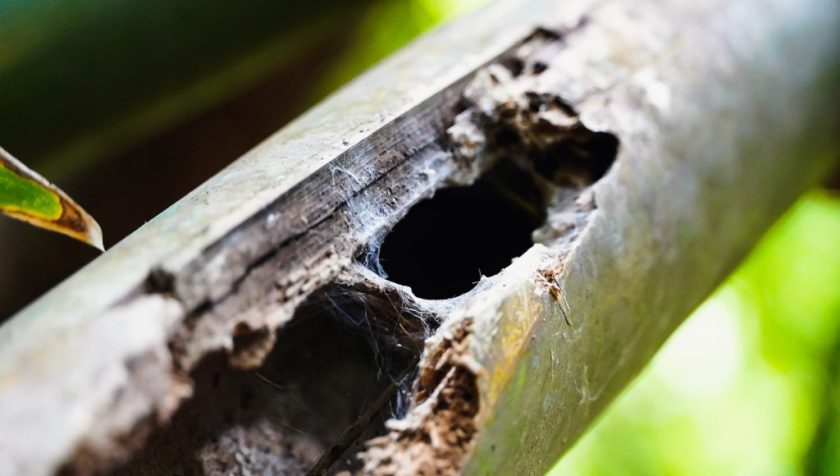Guest blog post by Matthew Connors
From the infamous cane toad to the notorious spotted lanternfly, we all know the drastic effects that introduced species can have on both ecosystems and agriculture.
In today’s interconnected world, these alien species are being moved around the globe more frequently than ever before. Hitchhikers and stowaways on ships, planes, and other vehicles can cause irreversible and catastrophic damage to fragile native ecosystems and to us humans, and tens of billions of dollars are spent every year trying to control these invaders.

But one of the greatest problems for researchers and government bodies trying to combat these threats is that it can be incredibly difficult to monitor the invaders even when we know they’re here.
So how on earth is anyone supposed to detect when a new species has invaded? Many of these organisms are small, inconspicuous, and difficult to identify, and by the time they’ve been spotted it’s often already too late to act.
What if there was a way to quickly and easily find invasive organisms all over the world? Enter the world of Citizen Science, where anybody and everybody can produce important scientific data without even leaving their backyard. Just by taking a photograph of an organism and uploading it to a citizen science platform like iNaturalist or QuestaGame, amateurs and enthusiasts can provide scientists with invaluable records from across the globe.

Back in 2015, when amateur naturalist Adam Edmonds spotted an unusual praying mantis in his garden, he took a photo and posted it to the Australian citizen science platform BowerBird. When even the local experts didn’t recognise it, a specimen was sent off to mantis specialist Graham Milledge. He confirmed that it was a newly introduced species – the South African Mantis (Miomantis caffra).

Since then, this alien mantis has spread across Australia from Sydney to Perth. And every step of the way, citizen scientists have been there to document its spread.
Last month, all of these citizen science records were compiled by entomologist Matthew Connors of James Cook University (Queensland, Australia) into the first comprehensive report of the mantis’s presence in Australia. Understanding where the species has spread and what impacts it has had on native species is crucial to managing and controlling it.

The research found that the South African Mantis has spread through suburban habitats in three Australian states (Victoria, New South Wales, and Western Australia) and one offshore territory (Norfolk Island). It probably arrived in these regions as egg cases attached to plants and equipment, and it can now be found in high numbers, especially during late summer and early autumn. Despite this, it appears to be highly localised and has only been recorded in suburbia, and furthermore there has not been any noticeable impact on native species.

None of this research would have been possible without citizen scientists – the dedicated community of enthusiasts and amateurs who share their finds with researchers online. Photographs from citizen science platforms and social media sites have been instrumental in showing just how far the South African Mantis has spread. In fact, more than 90% of the records of the species come from citizen scientists, and without them we would barely know anything.
These days, more and more researchers are realising just how useful citizen science can be. As well as tracking introduced species, citizen scientists have rediscovered rare creatures, documented never-before-seen behaviours, and even discovered completely new species.

This latest research, published in the Journal of Orthoptera Research, is among a handful of recent studies that have gone a step further though – instead of just being a source of data, the citizen scientists were invited to take part in the entire research process, from data collection all the way through to publishing. After all, they did all of the fieldwork!
Research like this is proof that anyone can be a citizen scientist in today’s day and age – so what are you waiting for?
Research article: Connors MG, Chen H, Li H, Edmonds A, Smith KA, Gell C, Clitheroe K, Miller IM, Walker KL, Nunn JS, Nguyen L, Quinane LN, Andreoli CM, Galea JA, Quan B, Sandiford K, Wallis B, Anderson ML, Canziani EV, Craven J, Hakim RRC, Lowther R, Maneylaws C, Menz BA, Newman J, Perkins HD, Smith AR, Webber VH, Wishart D (2022) Citizen scientists track a charismatic carnivore: Mapping the spread and impact of the South African Mantis (Miomantidae, Miomantis caffra) in Australia. Journal of Orthoptera Research 31(1): 69-82. https://doi.org/10.3897/jor.31.79332











































